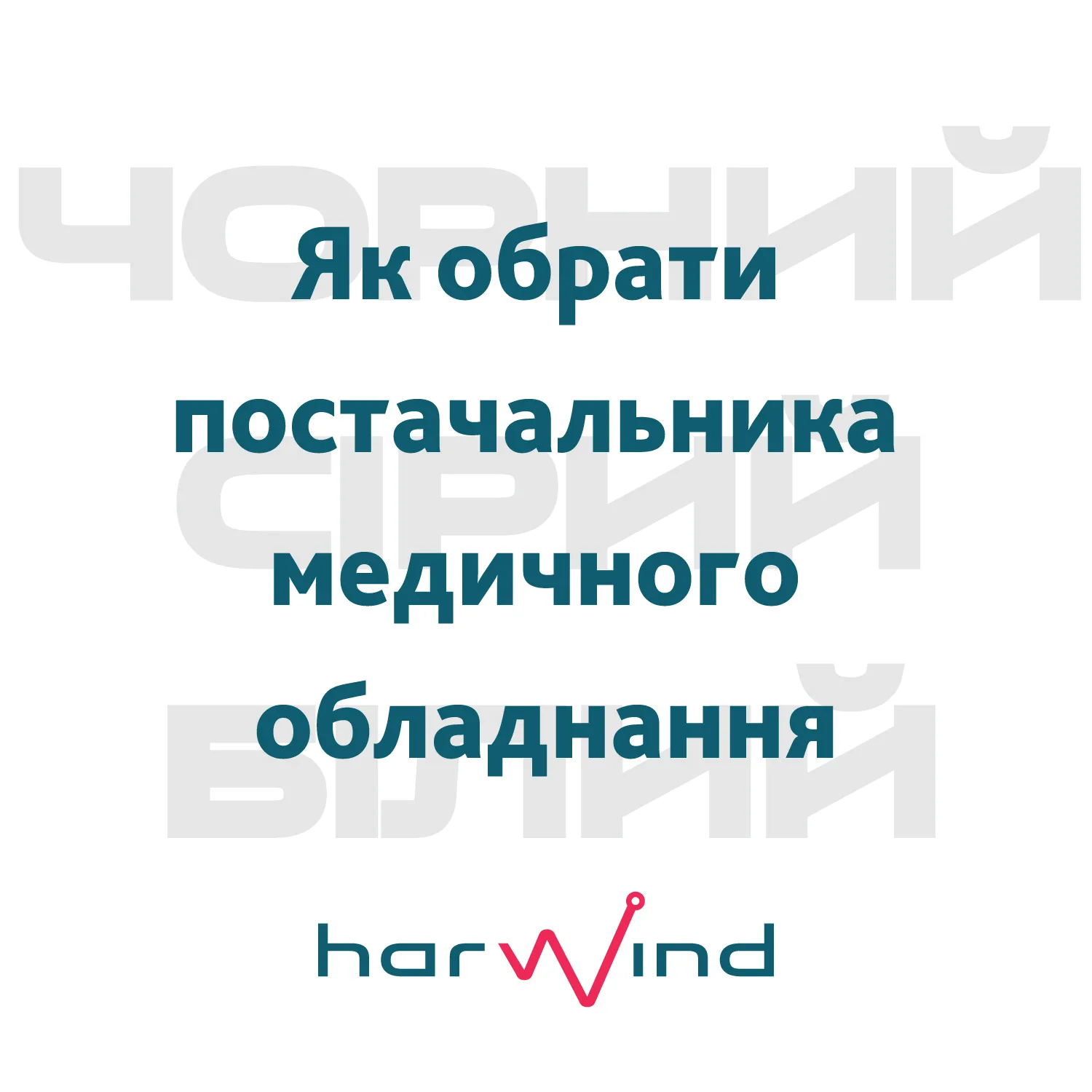Endoscope care: how to extend the service life
29 August 2022Endoscopic manipulations are used in the diagnosis and treatment of diseases of the stomach, bronchi, colon and other organs. However, the use of flexible endoscopes, despite their advantages over rigid instruments, poses problems, including the possibility of transmitting infectious agents.
Numerous studies have revealed the need for proper cleaning, disinfection or sterilisation of endoscopes. Cleaning is the removal of all foreign substances (salts, contaminants, organic matter) from objects. Typically, cleaning is performed using water, mechanical impact, and detergents or enzyme preparations.
Studies have shown that manual and mechanical cleaning of endoscopes reduces the number of contaminating microorganisms by about 10,000 times. Organic contaminants (blood, faeces, respiratory tract secretions) prevent the penetration of microbicidal agents and their contact with the microbial cell. Furthermore, some disinfectants are inactivated by contact with organic material. Therefore, before disinfection and sterilisation, it is necessary to perform a thorough mechanical cleaning to remove such materials from the outer surface of the insertion tube and from the lumen of all available channels.
The ability of bacteria to form biofilms is also an important factor in the spread of endoscope-transmitted infections. Biofilms are known to attach to the inner surface of endoscope channels and prevent effective disinfection, so they must be removed during mechanical cleaning before disinfection or sterilisation. Primary cleaning of the endoscopes with water should be performed immediately after use to avoid drying of secretion products (this part of the processing is performed in the treatment room). To clean endoscopes, use non-abrasive detergents, including enzymatic detergents, recommended by the equipment manufacturer and intended for this category of medical devices. Before mechanical cleaning, rinse all channels with sufficient detergent or tap water to soften, moisten, and dilute organic residues, and clean the air channel with compressed air, according to the manufacturer's recommendations. The insertion tube should be rinsed with a detergent solution and then with water. Access channels should be cleaned with a special brush to remove dense particles. Pump or suction the detergent solution through all channels to remove the material removed from the surface. Canal flushing devices and some automated endoscope processing devices can be used for this purpose. Remove all removable parts (caps and suction valves) and immerse them in the cleaning solution. Uneven surfaces of removable parts are brushed to remove organic residues. Use disposable cleaning brushes or thoroughly clean them after each use, followed by high-level disinfection or sterilisation. After mechanical cleaning, the parts are thoroughly rinsed with water.
It is advisable not to use endoscopes that are not completely sealed (new models are immersed in the solution completely). At all stages of operation, the equipment should be checked for damage. If damage is detected, the device should not be immersed in the cleaning solution or continue to be used. Contact the service centre of the distributor of the endoscopic equipment. The endoscope should be treated as an infected medical device and provided with appropriate transport labelling while being sent for repair.
There are several levels of post-processing
Sterilisation is the complete destruction of all forms of living microorganisms by physical or chemical means.
Disinfection is a process in which many or all pathogens, except bacterial spores, are eliminated from inanimate objects. During high-level disinfection, all microorganisms are destroyed, except for bacterial spores in large quantities. Medium-level disinfection inactivates Mycobacterium tuberculosis, vegetative forms of bacteria, most viruses and fungi, but does not necessarily kill bacterial spores. Low-level disinfection kills most bacteria, some viruses and fungi, but it is not a reliable method of killing resistant microorganisms, such as tubercle mycobacteria or bacterial spores.
According to the recommendations of the Association of Professionals in Infection Control and Epidemiology (APIC) on the selection and use of disinfectants, endoscopes that penetrate cavities (e.g. esophagogastroduodenoscopes, colonoscopes, rectoromanoscopes, bronchoscopes) should not contain microorganisms, but may contain bacterial spores, as intact mucous membranes are usually an effective barrier to infection by spores of common bacteria, but are susceptible to other microorganisms, such as mycobacterium tuberculosis or viruses. Therefore, endoscopes for the gastrointestinal tract and bronchial tree can be subjected to high-level disinfection rather than sterilisation. The following stages of endoscope processing for diagnostic examination are distinguished:
1. Primary cleaning;
2. Primary disinfection of the endoscope;
3. washing the endoscope with clean water from the disinfectant residues;
4. pre-sterilisation cleaning;
5. washing with clean water from detergent residues;
6. sterilisation;
7. washing from the remnants of disinfectant (sterilising) agent, drying of canals and endoscope surface. This is due to the complexity of the endoscopes' design, their sensitivity to external influences, and the need to perform effective processing in the shortest possible time. At the same time, the use of modern approaches to the processing of various types of endoscopic equipment allows us to guarantee patient safety during endoscopic procedures, equipment safety, and significantly reduces processing time.
Please note! When you buy an endoscope from Harwind, we train not only a doctor but also a nurse at our partner clinic, who will also have the necessary knowledge and skills to properly handle the endoscope.



